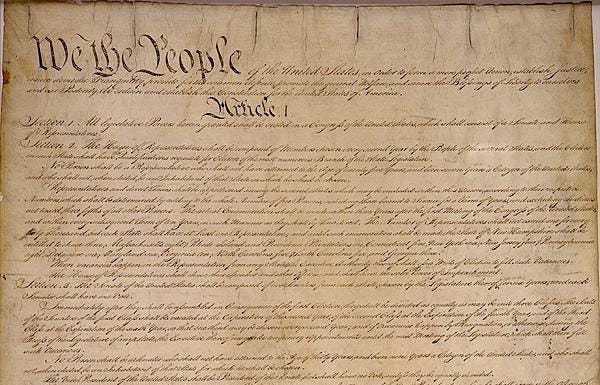
Immediately after taking office, President Donald Trump issued a flurry of executive orders that tested the limits of his authority. Some of these orders were instantly met with legal challenges, and many of them left people, businesses, and schools feeling anxious and confused about whether and how to comply. From birthright citizenship to access to education and employment to housing, many Americans are left wondering how the president’s orders — and decisions made in courts about their enforcement — impact their lives. So, what exactly are executive orders?
Executive Orders Are Not Laws
While they are usually discussed alongside laws, executive orders are not laws. Rather, they allow the president to tell federal agencies how they should implement and enforce laws passed by Congress.
The authority to issue executive orders is grounded in the U.S. Constitution, which grants the president executive power to ensure laws are carried out. The foundation for executive orders comes from Article II of the Constitution, which focuses on executive authority. Article II makes it clear that executive orders cannot override laws passed by Congress or infringe on constitutional rights such as birthright citizenship, the right to free speech, and the right to equal treatment by the government. When either of these principles is violated in an executive order, the courts play a critical role in clarifying the parameters of the president’s power to carry out the order.
Moreover, executive orders can be — and often are — reversed by future presidents and can be challenged in court if they exceed a president’s constitutional authority. This means that while they can have significant immediate effects, they are not permanent or shielded from change.
To be clear, Congress makes laws, federal agencies enforce them, and the courts interpret them. Only Congress has the power to pass or alter laws through the legislative process, and the president cannot make or change laws through executive orders.
While executive orders can direct how federal agencies act within the framework of existing laws, these agencies retain the ability to decide whether and how to enforce them. As the interpreter of laws and the Constitution, the courts serve as a check on Congress, the president, and federal agencies. This separation of powers, a foundational principle in the Constitution, ensures that one branch of government is not acting outside of its authority.
The Impact on People’s Lives

From accessing social services, health care, housing, and education, executive orders can have a significant impact on federal policy and, as a result, people’s daily lives. Because the federal government funds many programs and services that people heavily rely on, including rental assistance, job training, educational opportunities, and some health care services, nearly everyone can feel the impact of these orders.
Executive orders have been used to advance civil rights protections, from desegregating the military to prohibiting employment discrimination in federal employment. They can also be used to thwart these same advancements, as President Trump’s order banning diversity, equity, inclusion, and accessibility throughout the federal government does. However, it’s important to remember that the federal government, through its agencies, has some discretion in how to enforce certain laws, which allows for flexibility in policy implementation and offers additional checks and balances on executive orders.
The Future of Executive Orders: What’s at Stake?

In an increasingly hostile and polarized political environment, the use of executive orders has become a highly contentious topic, especially when these orders have been weaponized to encroach on people’s civil rights. As the president issues more executive orders, understanding how they function and the impact they may have on your life is critically important.
Ultimately, understanding how executive orders work, including their limits, makes clear why it’s important to engage in the democratic processes. Whether it’s attending your local school board meetings or contacting your alma mater to request they uphold diversity, equity, inclusion, and accessibility programs; calling your state’s attorney general to ask that they investigate discrimination; calling your member of Congress to say that you oppose funding and staffing cuts at federal agencies; or sharing know your rights information from reliable, fact-checked sources on social media, your voice and your political participation remains central to shaping society and the future of our democracy.



